Growing cannabis from seed can be a rewarding experience, but it can also be challenging. Even experienced growers can encounter problems when trying to get their seeds to sprout and grow into healthy plants. In this article, we’ll take a closer look at some of the most common problems that can arise when growing cannabis seeds. From poor germination rates to pests and diseases, we’ll explore each of these issues in detail and offer tips on how to avoid or overcome them. Whether you’re a beginner or a seasoned pro, this guide will help you grow healthy cannabis plants from seed.
Table of Contents:
Poor Germination Rates:
One of the most common problems when growing cannabis from seed is poor germination rates. There are a number of factors that can affect the germination rate of your seeds, including age, storage conditions, and genetics. If you’re experiencing poor germination rates, there are several steps you can take to improve your chances of success.
- Use Fresh Seeds:
The first step to ensuring good germination rates is to use fresh seeds. Cannabis seeds can lose viability over time, especially if they’re not stored properly. It’s best to use seeds that are less than a year old, and to store them in a cool, dark place until you’re ready to use them.
Cannabis seeds need specific conditions to germinate successfully. They need warmth, moisture, and oxygen to sprout. To ensure optimal conditions, consider using a germination mat or placing your seeds in a warm, humid area. Keep the soil or paper towel moist but not too wet, and make sure there is good air circulation.
- Choose the Right Germination Method:
There are two main methods for germinating cannabis seeds: directly in soil or using the paper towel method.
- Directly in Soil: Plant your seeds directly into a small pot or container filled with moist soil. Cover the pot with a plastic bag or dome to create a humid environment. Check the soil moisture regularly and keep the soil moist but not waterlogged.
- Paper Towel Method: Place your seeds between two moist paper towels and put them in a sealed plastic bag. Keep the bag in a warm, dark place and check on the seeds regularly. Once they sprout, carefully transfer them to soil or another growing medium.
- Consider Pre-Soaking Seeds:
Another way to improve germination rates is to pre-soak your seeds in water for 12-24 hours before planting them. This can help to soften the seed coat and make it easier for the seed to sprout.
- Be Patient:
It’s important to be patient when waiting for your seeds to germinate. Some strains may take longer to sprout than others, so it’s important to give them time. Don’t disturb the seeds or soil during the germination process, as this can damage the fragile seedlings.
By following these tips and methods, you can improve your chances of success when germinating cannabis seeds. With the right conditions and patience, you can grow healthy, strong cannabis plants from seed.
Nutrient Deficiencies
Nutrient deficiencies are another common problem that cannabis growers may encounter. Cannabis plants require a range of essential nutrients to grow and thrive, including nitrogen, phosphorus, potassium, calcium, magnesium, and others. If a plant is not getting enough of these nutrients, it can develop nutrient deficiencies that can impact growth, yield, and overall health.
Signs of Nutrient Deficiencies:
The symptoms of nutrient deficiencies can vary depending on which nutrient is lacking. Here are some common signs of nutrient deficiencies in cannabis plants:
Nitrogen Deficiency: Yellowing or lightening of the leaves, especially in older leaves
Phosphorus Deficiency: Slow growth, stunted development, dark green leaves
Potassium Deficiency: Brown spots on leaves, curling of the leaf tips
Calcium Deficiency: Brittle leaves, leaf tip burn, stunted growth
Magnesium Deficiency: Yellowing of leaves, often starting at the bottom of the plant
Fixing Nutrient Deficiencies:
To fix a nutrient deficiency, it’s important to identify which nutrient is lacking and address the issue. One way to do this is through fertilization. There are many different types of fertilizers available, including organic and synthetic options. It’s important to choose a fertilizer that contains the nutrients your plant needs and follow the recommended application rates.
Another way to fix nutrient deficiencies is to adjust the pH level of the soil or growing medium. If the pH is too high or too low, it can impact nutrient availability and uptake. Cannabis plants prefer a slightly acidic soil pH between 6.0 and 7.0. Testing the soil pH regularly and adjusting it as needed can help to prevent nutrient deficiencies.
Preventing Nutrient Deficiencies:
Preventing nutrient deficiencies starts with providing your plants with the right nutrients from the start. Using a high-quality soil or growing medium that contains the necessary nutrients can help to prevent deficiencies. It’s also important to monitor your plants regularly and adjust nutrient levels as needed. Proper watering and drainage can also help to prevent nutrient deficiencies by ensuring that nutrients are being taken up by the plant efficiently.
In summary, nutrient deficiencies can be a common problem when growing cannabis plants. By monitoring your plants regularly, providing the right nutrients and adjusting pH levels as needed, you can prevent and address nutrient deficiencies and grow healthy, vibrant cannabis plants.
Overwatering or Underwatering
Overwatering and underwatering are two common problems that cannabis growers may encounter. Both of these issues can have negative impacts on plant growth and health, so it’s important to understand how to identify and address them.
Overwatering:
Overwatering is when a plant receives too much water, causing the roots to become waterlogged and oxygen-deprived. This can lead to a range of problems, including stunted growth, yellowing leaves, and root rot.
Signs of Overwatering:
Here are some common signs that a cannabis plant is being overwatered:
- Wilting leaves, even though the soil is wet
- Slow growth or stunted development
- Yellowing leaves, especially near the bottom of the plant
- Root rot, which can be identified by a foul smell and black or brown roots
Fixing Overwatering:
To fix overwatering, it’s important to allow the soil or growing medium to dry out before watering again. This can be done by waiting until the container is light in weight, indicating that the plant has used up most of the available water. It’s also important to ensure proper drainage, so that excess water can drain away from the roots and prevent waterlogging.
Underwatering:
Underwatering is when a plant doesn’t receive enough water, causing the leaves to wilt and the plant to become dehydrated. This can lead to stunted growth and other problems.
Signs of Underwatering:
Here are some common signs that a cannabis plant is being underwatered:
- Wilting leaves, even when the soil is dry
- Dry and brittle leaves
- Slow growth or stunted development
Fixing Underwatering:
To fix underwatering, it’s important to water the plant thoroughly and ensure that the soil or growing medium is moist. A good rule of thumb is to water until at least 20% of the water drains out of the bottom of the container. It’s also important to monitor the weight of the container, as this can be a good indicator of when it’s time to water again.
Preventing Overwatering and Underwatering:
Preventing overwatering and underwatering starts with providing your plants with proper drainage and monitoring the weight of the container regularly. Using professional techniques such as the “lift and feel” method can help to ensure that your plants are getting the right amount of water. It’s also important to avoid watering on a strict schedule and instead water when the plant needs it, based on the weight of the container and the dryback of the growing medium.
In summary, overwatering and underwatering are common problems when growing cannabis plants. By monitoring the weight of the container, using professional techniques, and ensuring proper drainage, you can prevent and address these issues and grow healthy, vibrant cannabis plants.
Dryback in Cannabis Plants:
Dryback is a technique used by some cannabis growers to increase growth rates and encourage root expansion in their plants. The idea behind dryback is to allow the growing medium to dry out partially between watering, which encourages the roots to seek out moisture and nutrients. This can lead to stronger, more robust plants with better root systems.
How to Implement Dryback:
To implement dryback in your cannabis grow, you will need to monitor the moisture levels in your growing medium regularly. The easiest way to do this is to lift the container and feel the weight. When the container is heavy, it means the growing medium is still moist and doesn’t need watering yet. When the container is light, it means the growing medium has dried out partially and it’s time to water the plant again.
It’s important to note that dryback is a delicate balance. Allowing the growing medium to dry out too much can lead to under watering and cause stress to your plants. Conversely, overwatering can lead to root rot and other issues. Therefore, it’s important to monitor your plants closely and adjust your watering schedule accordingly.
pH Imbalances
pH imbalances can be a common issue for cannabis growers, both in soil and hydroponic setups. The pH scale ranges from 0 to 14, with 7 being neutral. A pH level of 6.5 to 7.0 is ideal for cannabis plants. When the pH level of the growing medium becomes too acidic or alkaline, it can lead to nutrient deficiencies, stunted growth, and other issues.
Spotting pH Imbalances:
There are several signs that indicate a pH imbalance in your cannabis plants:
- Yellowing leaves: Yellowing leaves, particularly towards the bottom of the plant, can indicate a pH imbalance.
- Stunted growth: pH imbalances can lead to stunted growth and smaller plants.
- Nutrient deficiencies: When the pH level is off, your plants may have difficulty absorbing nutrients, leading to nutrient deficiencies.
- Leaf curling: Leaf curling is another sign of a pH imbalance. Leaves may curl downwards or upwards, depending on the type of imbalance.
Avoiding pH Imbalances:
To avoid pH imbalances in your cannabis plants, it’s important to monitor the pH level of your growing medium regularly. You can do this using a pH meter or test strips. It’s important to adjust the pH level of your water or nutrient solution accordingly to maintain the ideal pH range.
Fixing pH Imbalances:
If you notice a pH imbalance in your cannabis plants, there are several ways to correct it:
- pH Up and pH Down: pH up and pH down solutions can be used to adjust the pH level of your water or nutrient solution.
- Flushing: Flushing your growing medium with pH-balanced water can help correct a pH imbalance.
- Adjusting nutrient levels: Some nutrient solutions can cause pH imbalances, so adjusting the nutrient levels can help correct the imbalance.
pH Imbalances in Soil:
Soil pH imbalances can be caused by a variety of factors, including the type of soil, the pH of your water, and the nutrient levels. To prevent pH imbalances in soil, it’s important to choose a high-quality soil mix with a neutral pH level. Adding organic matter to your soil can also help balance the pH level.
pH Imbalances in Water:
Water pH imbalances can be caused by a variety of factors, including the source of your water, the pH level of your nutrient solution, and the pH level of your soil. To prevent pH imbalances in water, it’s important to monitor the pH level of your water and adjust it accordingly before adding it to your plants.
Conclusion:
pH imbalances can be a common issue for cannabis growers, but with proper monitoring and adjustment, they can be easily corrected. It’s important to monitor the pH level of your growing medium regularly, and adjust the pH level of your water or nutrient solution accordingly. By avoiding and correcting pH imbalances, you can promote healthy, vibrant cannabis plants with optimal nutrient uptake and growth.
Pests and Diseases
Pests and diseases can be a major problem for cannabis growers, as they can cause significant damage to plants and reduce yields. Here are some of the most common pests and diseases encountered by cannabis growers, along with diagnosis information and fixes:
Spider mites are tiny pests that feed on the sap of cannabis plants, causing yellowing leaves, webbing, and stunted growth. They can be difficult to spot, but you can look for tiny white or yellow spots on the leaves.
Fix: You can use natural insecticides like neem oil or predatory mites to control spider mites. It’s also important to keep your grow area clean and free of debris to prevent spider mite infestations.
- Fungus Gnats:
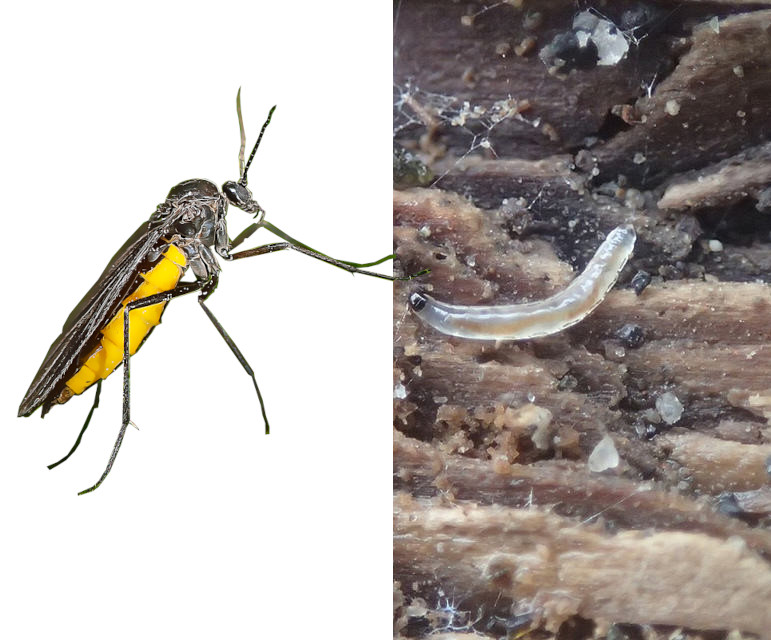
Fungus gnats are small, flying insects that lay their eggs in the soil of cannabis plants. The larvae feed on the roots, causing damage and reducing growth.
Fix: To control fungus gnats, you can use sticky traps or beneficial nematodes. It’s also important to avoid overwatering your plants, as fungus gnats thrive in moist environments.
- Powdery Mildew:
Powdery mildew is a fungal disease that causes a white or grayish powder to form on the leaves and buds of cannabis plants. It can lead to reduced growth and yield.
Fix: You can use organic fungicides like potassium bicarbonate or sulfur to control powdery mildew. It’s also important to maintain good air circulation in your grow area to prevent the growth of powdery mildew.
- Root Rot:
Root rot is a fungal disease that affects the roots of cannabis plants, causing them to turn brown or black and become mushy. It can lead to wilting, stunted growth, and reduced yield.
Fix: To prevent root rot, it’s important to avoid overwatering your plants and to maintain good drainage in your growing medium. If you do notice root rot, you can try using a fungicide or transplanting your plant into fresh soil.
- Bud Rot:
Bud rot is a fungal disease that affects the buds of cannabis plants, causing them to become brown or black and develop a moldy smell. It can lead to reduced yield and potency.
Fix: To prevent bud rot, it’s important to maintain good air circulation and humidity levels in your grow area. If you do notice bud rot, you may need to remove the affected buds to prevent the spread of the disease.
Pests and diseases can be a major problem for cannabis growers, but with proper prevention and treatment, they can be controlled. It’s important to maintain a clean and healthy grow area, monitor your plants regularly for signs of pests and diseases, and take action promptly if you do notice any issues. By staying vigilant and proactive, you can ensure that your cannabis plants remain healthy and productive.
Conclusion:
Growing cannabis can be a rewarding and fulfilling experience, but it’s important to be aware of the common problems that can arise. By understanding how to diagnose and treat issues like poor germination rates, nutrient deficiencies, pH imbalances, overwatering and underwatering, and pests and diseases, you can help your plants thrive and achieve their full potential.
If you’re a prospective grower, don’t be discouraged by these potential challenges. With the right knowledge and techniques, anyone can grow healthy and productive cannabis plants. And if you’re having problems with your plants, don’t give up! There are many resources available to help you diagnose and treat issues, and many experienced growers are happy to share their knowledge and advice.
Finally, if you’re looking for some easy-to-grow strains that are suitable for beginners, here are a few suggestions:
- Blue Dream: Another popular strain that is known for its hardiness, resistance to pests and diseases, and high yield.
- Gelato: This hybrid strain is known for its sweet and fruity flavor, and it has become increasingly popular in recent years. It has a moderate yield and is relatively easy to grow, with good resistance to pests and diseases.
- Durban Poison: This pure sativa strain is known for its uplifting and energizing effects, and it has been a favorite among growers for many years. It has a high yield and is relatively easy to grow, with good resistance to pests and diseases.
Remember, growing cannabis can be a challenging and rewarding experience, and with the right approach, anyone can achieve success. So don’t be afraid to give it a try!


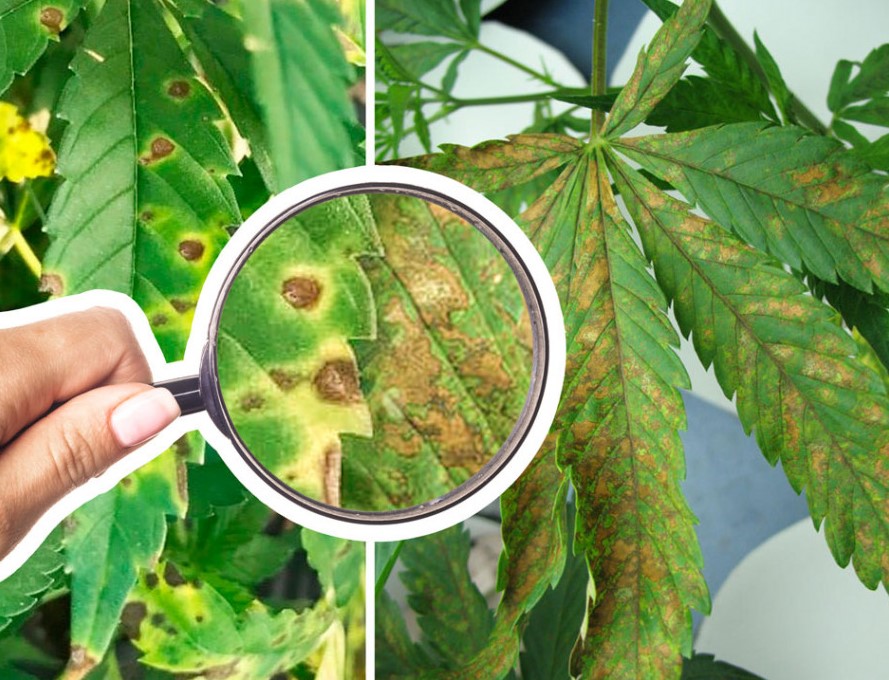
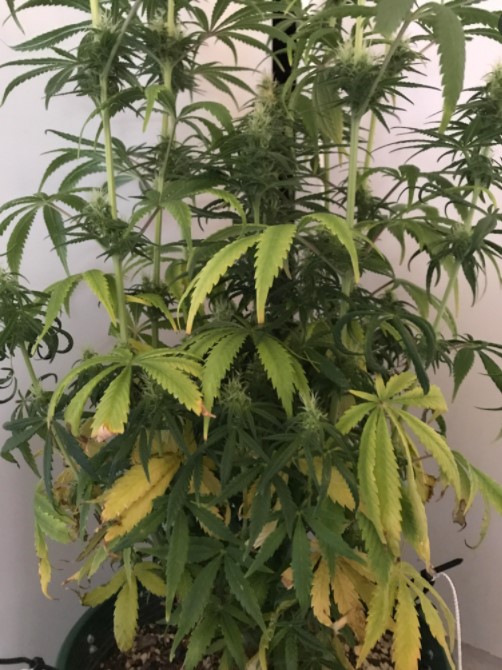
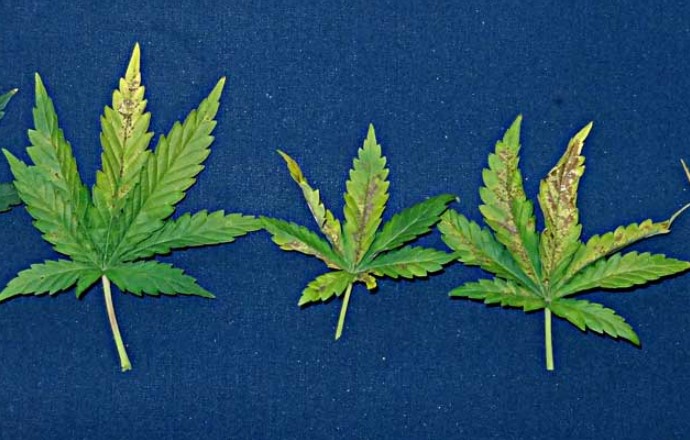
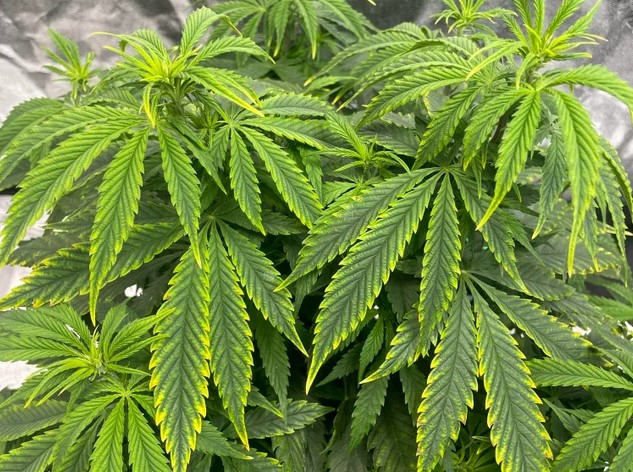


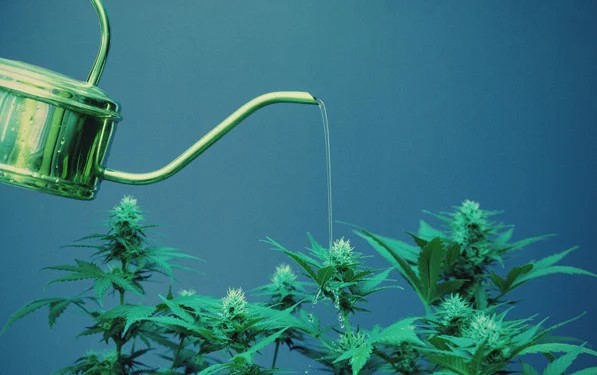
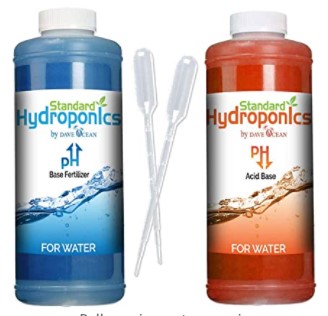
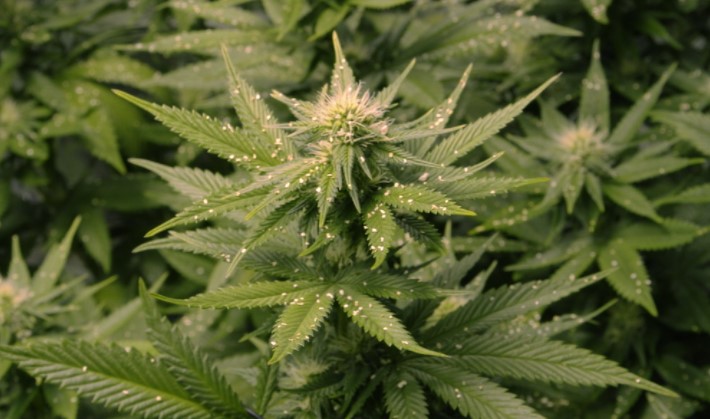
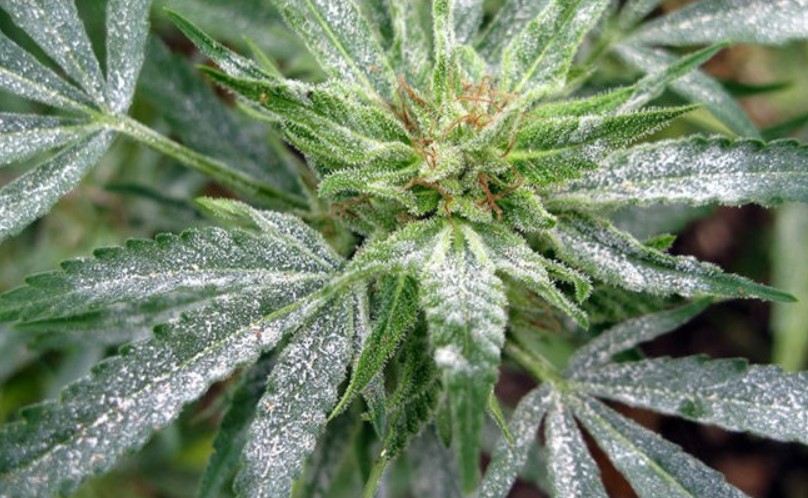
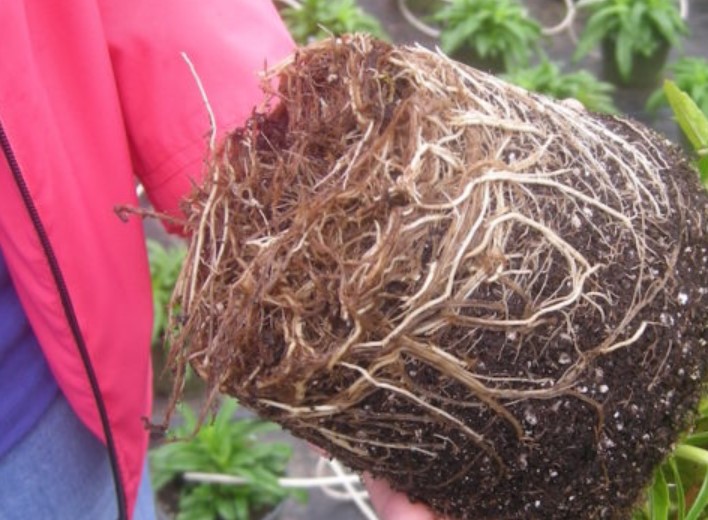

Now I know where I screwed up, good growing aid
Everything in one place, great tips my dude